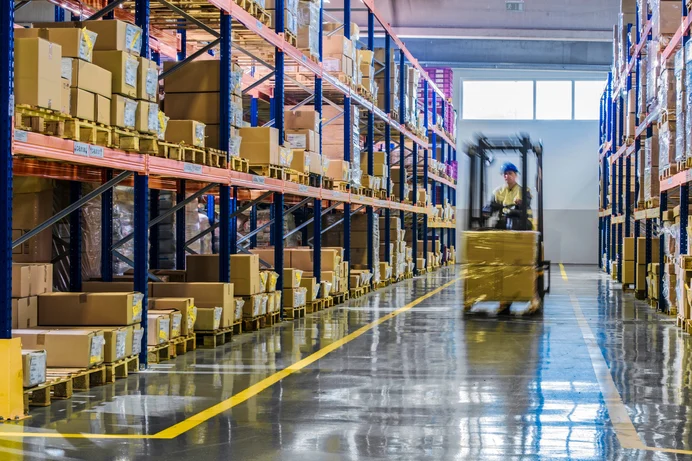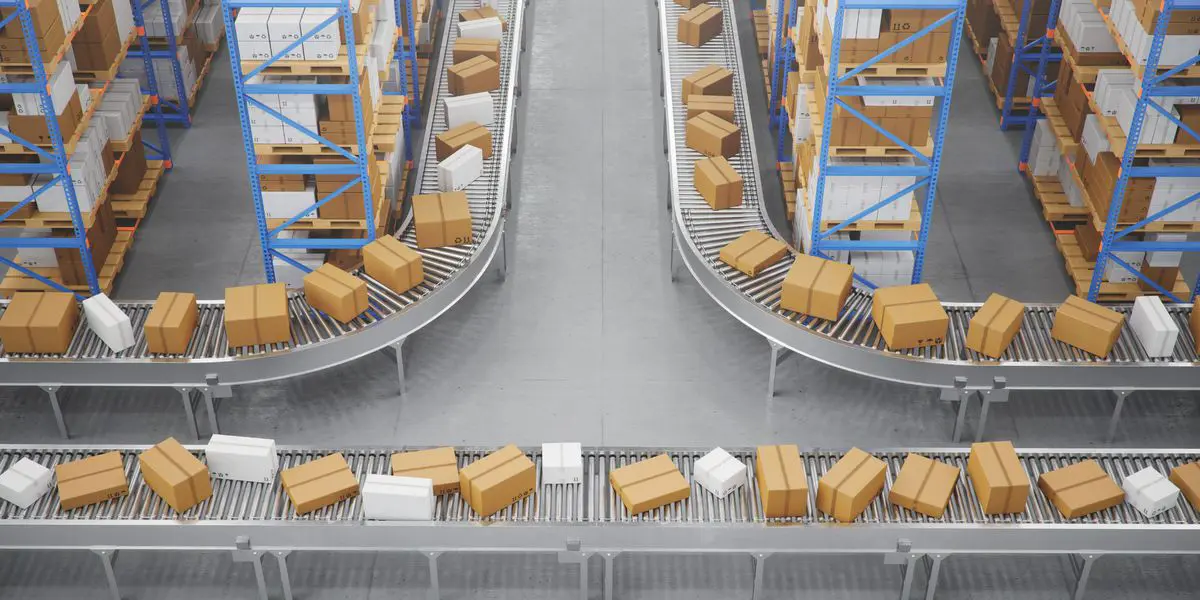In the dynamic landscape of material handling, 2024 promises to be a pivotal year. Rapid technological advancements, coupled with evolving consumer demands, are reshaping the way industries approach material handling processes. This blog delves into the emerging trends and cutting-edge technologies that are revolutionizing material handling operations this year.
Automation continues to be at the forefront of material handling innovation. With the integration of Artificial Intelligence (AI) and Machine Learning (ML), automated systems are becoming smarter and more efficient. Robotics, automated guided vehicles (AGVs), and autonomous drones are transforming warehouses and distribution centers, enhancing productivity and reducing operational costs.
Automation streamlines processes, minimizes manual labor, and allows for real-time tracking and analysis. It also enhances workplace safety by reducing the need for human intervention in potentially hazardous environments.
The Internet of Things (IoT) is playing a pivotal role in material handling solutions. By embedding sensors and connectivity in equipment and products, businesses can track the location, condition, and status of items in real time. This data-driven approach enables predictive maintenance, reduces downtime, and optimizes inventory management.
IoT’s influence extends beyond the warehouse, facilitating seamless communication between various elements of the supply chain. This interconnectedness enhances visibility and allows for more agile decision-making.

Data analytics is transforming how businesses approach material handling. Advanced analytics tools provide valuable insights into operational efficiency, demand forecasting, and inventory optimization. Predictive analytics, powered by AI and ML algorithms, enable businesses to anticipate trends, identify potential bottlenecks, and make proactive adjustments.
By harnessing the power of big data, businesses can make informed decisions, reduce risks, and gain a competitive edge. The ability to foresee operational challenges allows for strategic planning and resource allocation in material handling solutions.
AR and VR technologies are finding applications in training, maintenance, and even order picking processes. Through AR-enabled smart glasses, workers receive real-time information, enhancing accuracy and efficiency. VR simulations provide immersive training experiences, reducing learning curves and improving overall performance.
AR and VR not only enhance operational proficiency but also contribute to a more engaging and dynamic work environment. They represent a leap forward in training methodologies and are particularly valuable in industries with complex or high-risk processes.
Sustainability is no longer a secondary consideration in material handling solutions; it’s a driving force. Companies are increasingly adopting eco-friendly practices, from utilizing energy-efficient equipment to optimizing packaging for reduced waste. This shift towards sustainability not only benefits the environment but also improves brand image and operational efficiency.
Investing in sustainable practices aligns businesses with global environmental goals and often leads to cost savings in the long run. It also caters to the growing consumer preference for eco-conscious products and services.
As 2024 unfolds, these trends and technologies are reshaping the landscape of material handling solutions. Embracing these innovations is not just a matter of staying competitive; it’s about future-proofing operations. By integrating automation, IoT, sustainability practices, data analytics, and AR/VR, businesses can unlock new levels of efficiency, productivity, and sustainability in their material handling processes. The journey towards revolutionizing material handling has only just begun, and the possibilities are boundless.
Was established in 1986, our primary business revolves around Independent Controls and Information Systems Integration.
Developed by Ish
